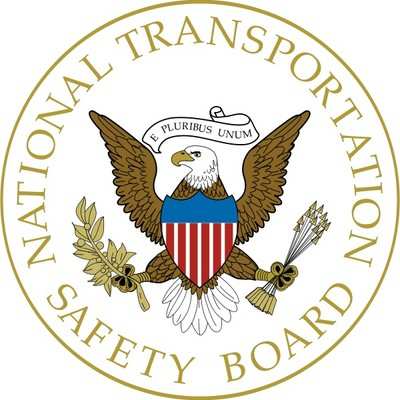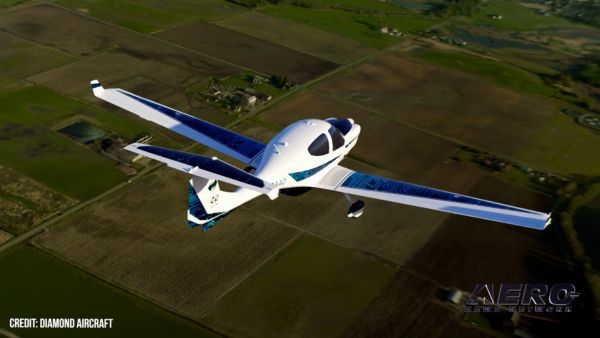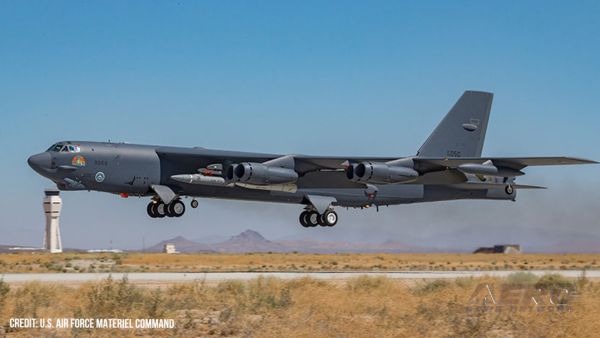The Left Engine Cowl Was Open And Flapping Up And Down
Location: Jupiter, FL Accident Number: ERA21FA142
Date & Time: February 28, 2021, 12:30 Local Registration: N2960K
Aircraft: Luscombe 8E Injuries: 1 Fatal, 1 Serious
Flight Conducted Under: Part 91: General aviation - Personal

On February 28, 2021, at 1230 eastern standard time, a Luscombe 8E, N2601T, was substantially damaged when it was involved in an accident near Jupiter, Florida. One pilot sustained fatal injuries and the second pilot sustained serious injuries. The airplane was operated as a Title 14 Code of Federal Regulations Part 91 personal flight.
According to a mechanic, who was also a close friend of the pilot, the pilot purchased the tailwheel-equipped airplane in October 2020 in order for his son, the second pilot, to gain additional experience flying tailwheel-equipped airplanes. The airplane was based at the Tailwinds Airport (FD15), Jupiter, Florida, a residential fly-in community. A witness stated that the day before the accident, the pilot was performing multiple engine runups in front of his hanger for about 45 minutes, then returned the airplane to the hanger, where it remained until the following day. On the day of the accident, the pilots, taxied the airplane for departure on runway 09, a 2,700-ft-long paved runway.
Additional witnesses located near the last third of the runway observed the takeoff and captured video (with audio) of a portion of the flight. They reported that the engine sounded “strong” as the airplane lifted off the runway after a ground roll of about 1,000 ft. After liftoff, the airplane immediately leveled off at an altitude of about 40 ft above ground level, the engine power was reduced, and the wings began rocking back and forth. A review of the video recording revealed that during the level off, the left engine cowl was open and flapping up and down. At the first sign of the open cowl in the video, the airplane had reached a point where there was about 1,400 ft of runway remaining. The engine noise then reduced, and the airplane appeared to descend back down towards the runway. The engine noise then increased, and the airplane began to climb. The wings continued to rock back and forth before the airplane made a gradual left turn to the north and disappeared out of the camera
view.
A review of preliminary automatic dependent surveillance-broadcast data provided by the Federal Aviation Administration (FAA) revealed that a portion of the takeoff and initial climb were recorded. During the final seconds of the data, as the airplane turned left, the ground track was about 028° and the groundspeed was about 47 knots.
The 1230 weather observation recorded at North Palm Beach County General Aviation Airport (F45), West Palm Beach, Florida, located 8 nautical miles south of the accident site, included wind from 150° at 9 knots, with gusts to 18 knots, which correlated to a left crosswind during accident takeoff.
The airplane impacted dense woods and terrain about 800 feet northeast of the departure end of runway 09. The wreckage path and damage to trees was about 70 ft-long on a magnetic heading of about 025°. The airplane came to rest on its right side, with the left wing oriented near vertically. The outboard leading edge of the left wing was impact-damaged. The right wing was separated from the fuselage at its root. A 16-inch diameter semicircular impact mark (consistent with the diameter of trees at the accident site) was found in the leading edge, about mid span and the corresponding damage to the tree was located about 50 ft up a mature tree. There were fresh damage signatures on nearby trees and broken tree branches and large limbs spread along the path, including two distinct 45° angular cuts on a 6-inch-diameter limb. The entire right wing strut was separated from the wing and fuselage and was located at the beginning of the wreckage path. First responders reported that, upon their arrival
there was a strong odor of fuel at the site.
The gascolator was about 1/2 full of blue-tinted fuel with no water or sediment/debris present. A total of about 2 gallons of fuel was recovered from both tanks, which remained intact, and there was damage to the fuel lines leading out of the right tank. Fuel was leaking from the right wing near its root, and the ground underneath was saturated with fuel. The left fuel tank line appeared devoid of fuel as the airplane rested, but upon moving the wing forward, fuel flowed from the tank into the line.
The engine cowl remained attached on the right side and the winged head-style fasteners were secured in place. The left side engine cowl, which had flush mounted screw fasteners, was found unlatched and damaged. The cowl was then reconnected and secured with the fasteners. All fasteners were present and operated properly with no damage noted to the fastener screws or their respective receptacles. The rudder, horizontal stabilizer, elevator, and elevator trim tab (found deflected about 4° nose up) remained intact. The rudder and elevator cables remained intact and were attached to their respective control horns and cockpit controls. Control continuity was established from the cockpit controls to both ailerons through fractures in the cables consistent with overload. The right aileron bell crank was
found separated from its mount.
The propeller remained attached to the hub and both blades exhibited aft bending and sbends. One blade exhibited chordwise scrapes. All of the spark plugs were removed and examined. All had minimal wear when compared to the Champion Check-A-Plug chart and did not display any evidence of carbon or lead fouling.
The bottom spark plugs on the right side of the engine were coated in oil and the top right spark plugs fractured at the top and separated the magneto leads. Both left and right magnetos were undamaged. Thumb compression and suction on all cylinders was confirmed and crankshaft continuity was confirmed through a full 720 degrees of rotation. All valves, pushrods and springs operated normally, and the crankshaft rotation was smooth. About 4 quarts of oil remained in the sump. The carburetor and gascolator were undamaged. The carburetor contained fuel in the bowl, and the floats functioned smoothly and were undamaged. The needle valve and inlet screen were free of obstructions and the throttle and mixture controls at the carburetor operated smoothly.
A post-accident engine run was performed after cutting away the damaged portions of the propeller, replacing the ignition leads from the right magneto, replacing the damaged top spark plugs on the Nos. 1 and 3 cylinders, and plumbing the engine with an alternate fuel supply. The engine was started and cycled from idle to 2,100 rpm with no anomalies noted. An engine monitor instrument was recovered from the airplane and retained for examination and download.
 ANN's Daily Aero-Term (04.26.24): DETRESFA (Distress Phrase)
ANN's Daily Aero-Term (04.26.24): DETRESFA (Distress Phrase) ANN's Daily Aero-Linx (04.26.24)
ANN's Daily Aero-Linx (04.26.24) Airborne 04.22.24: Rotor X Worsens, Airport Fees 4 FNB?, USMC Drone Pilot
Airborne 04.22.24: Rotor X Worsens, Airport Fees 4 FNB?, USMC Drone Pilot Airborne 04.24.24: INTEGRAL E, Elixir USA, M700 RVSM
Airborne 04.24.24: INTEGRAL E, Elixir USA, M700 RVSM Airborne-NextGen 04.23.24: UAVOS UVH 170, magni650 Engine, World eVTOL Directory
Airborne-NextGen 04.23.24: UAVOS UVH 170, magni650 Engine, World eVTOL Directory



